The architect Shahed Saleem has talked to Eastern Eye about the colourful mosque he has designed for the V&A’s Exhibition Road Courtyard to mark the Holy month of Ramadan. Painted yellow, orange, green, red and purple, the “Ramadan Pavilion”, as the mosque is called, is certainly a first.
The installation is a collaboration between the V&A and the Ramadan Tent, a charity set up in 2013 with “a mission of bringing communities together” and also developing a more sympathetic understanding of Islam through artistic, cultural and creative events.
The mosque has been built to coincide with the Holy month of Ramadan this year from “the evening of Wednesday, March 22, to the evening of Friday, April 21”.
The mosque will be used for prayers, cultural workshops on calligraphy and Turkish-style Ebru painting, and iftar dinners when free meals (including biryani), will be offered to anyone who comes along. The theme for this year’s Ramadan is “belonging”.
When it came to picking the right person to build the mosque within the setting of the V&A, the prize winning Saleem appeared to be the ideal choice.
He teaches architecture at the University of Westminster and is the author of the definitive The British Mosque: An architectural and social history, which came out in 2018. The book was written for Historic England.

Saleem also co-curated the V&A Pavilion at the Venice Biennale in 2021. About his own background, he said: “My parents were from Hyderabad in India. They came in the late 1950s. I studied in Kingston University in south-west London.
The structure he has designed for the V&A is made from wood and steel reinforcements, with the components, such as the dome and the minaret, either glued or held together with metal brackets.
Saleem’s design has been inspired by the many mosques he has visited over the years as well as the sketches he studied in the V&A’s extensive archives.
He estimates the UK now has 2,000 mosques, with “80 per cent of them converted buildings”.
Saleem told Eastern Eye: “I started about 12 years ago when I began researching the mosque in Britain. “The pattern was that people who had migrated to this country were building mosques by looking at their countries of origin and historic Islamic architecture from different places.
They were taking Islamic architectural objects from around the world and bringing them to their buildings here, assembling them, like a kind of collage.
“I was interested in that process, and reconstructing that into a new composition. I was making drawings (and) sketches and, in a way, this new pavilion is a physical realisation of these drawings.” He also had access to the V&A’s archives.
“Elements of this mosque are taken from references in the Victorian and Albert Museum’s collection of photographs and drawings of the Islamic world.”
What he finally came up with is a “reinterpretation” of everything he had absorbed. Among the mosques that finds favour with him is the London Central Mosque Trust & Islamic Cultural Centre in Regent’s Park with a prominent gold dome which was built in 1977.
He also mentions the Shah Jahan Mosque in Woking, Surrey, built in 1889.
“That was the first purpose built mosque in this country, actually,” Saleem pointed out. There was another mosque in Liverpool dating from 1889, but “that was just a house conversion,” Saleem added.
“The other thing that this Ramadan Pavilion connects to is the first mosque structure in Kew Gardens built by the architect, Sir William Chambers, in 1762. It’s not there any more.”
Saleem noted that the mosque in Cambridge “is now quite a famous one, a very impressive building which was shortlisted for Sterling prize.”

Saleem, who has a studio in Folkestone, Kent, and another near his home in east London, made numerous sketches as he went along. He turned his design to models made from cardboard or plywood.
He does not think his mosque has to “fit in” with its surroundings, but instead have a “playful relationship” and a “dialogue” with the architecture of the V&A.
Shaheen Kasmani, lead curator for the Ramadan Pavilion, said the two iftar events, “open to all”, will be held next Friday (24) and on April 14.
Omar Salha, the Ramadan Tent’s founder and chief executive, who is himself of “Turkish-Lebanese” origin, said: “Our conversation with the V&A started in 2019. Usually when you go to Muslim majority countries, there are massive bazaars and souks around Ramadan, people come together and it’s a moment of celebration, and we wanted to showcase that in Britain. I have a real sense of passion to share the experience of Ramadan with different communities.
There will be a lot of families and children around, but also a space for people to reflect and pray. There will be a welcome to all faiths and none.”
He explained that the Ramadan festival “covers south Asia, the African continent, the Middle East, Europe, everyone really. We try to represent a community of communities because the Muslim community is so rich and diverse. The theme for this year’s Ramadan festival is belonging.
“If you go into a Nigerian household or a Pakistani household or a Lebanese household, the way those families celebrate Ramadan will be distinct in the foods they eat, the clothes they wear. Culture forms an integral part of our interpretation and the lived experience of Muslims in Britain and around the world. That’s why we try our very best to ensure there’s diversity in the meals we serve.”
On food, Salha said: “We work with different chefs, restaurants. The food is free. All the events that Ramadan Tent project curates as part of the festival are free.
“There are a mixture of Turkish, Arab, Asian meals, representing the different rich cultures. Biryani’s defi nitely served. (Celebrity chef) Asma Khan is our advisory board member. She has served some of her famous biryani before.”
Christopher Turner, keeper of Art, Architecture, Photography & Design at the V&A, said: “Shahed Saleem’s design for the inaugural Ramadan Pavilion, an architectural collage inspired by the V&A collections, explores themes of immigration, hybridity and multi-culturalism to create a welcoming space at the heart of the V&A that celebrates the contemporary Muslim experience in Britain.”






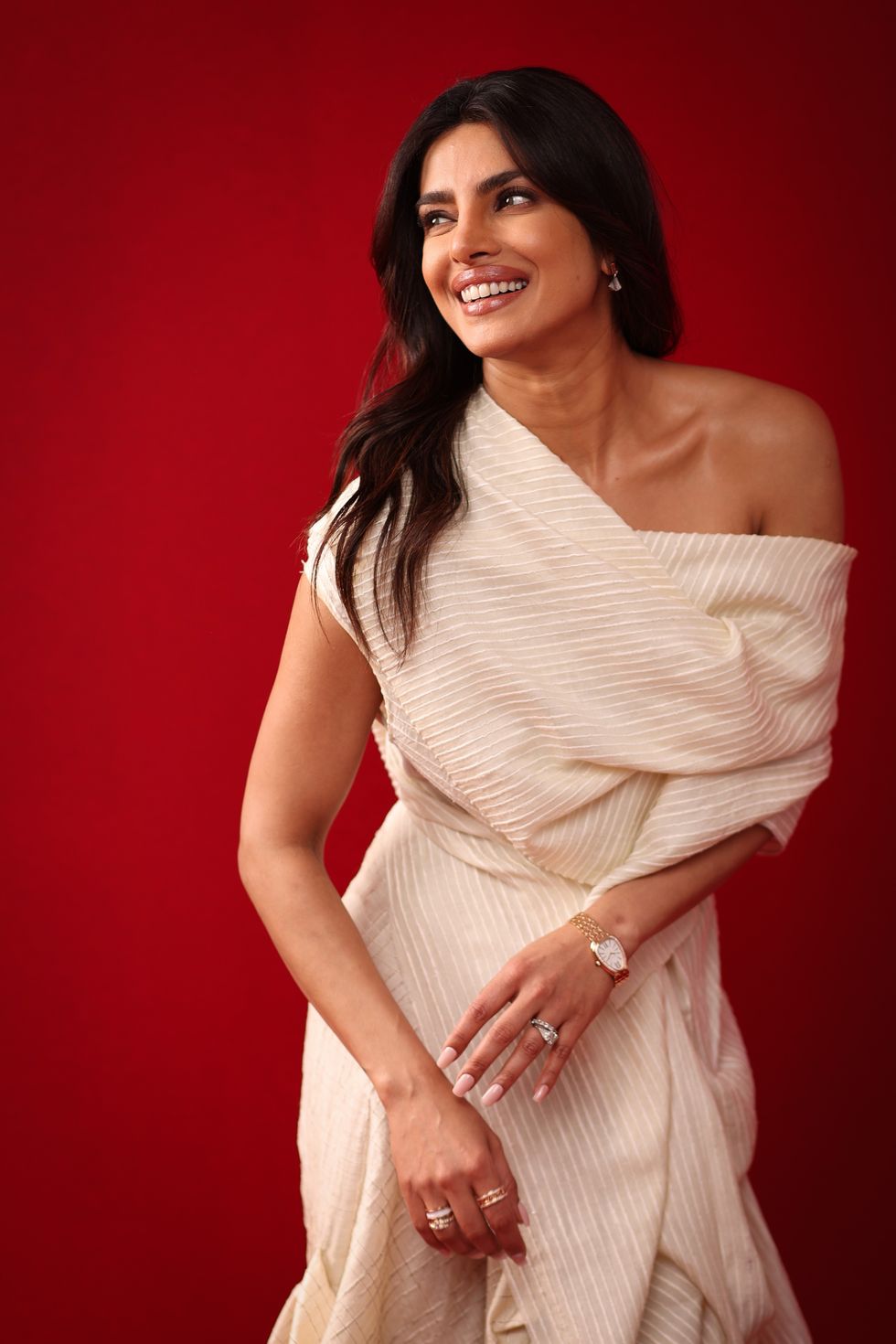 Priyanka Chopra calls herself nascent in Hollywood as 'Heads of State' streams on Prime VideoGetty Images
Priyanka Chopra calls herself nascent in Hollywood as 'Heads of State' streams on Prime VideoGetty Images 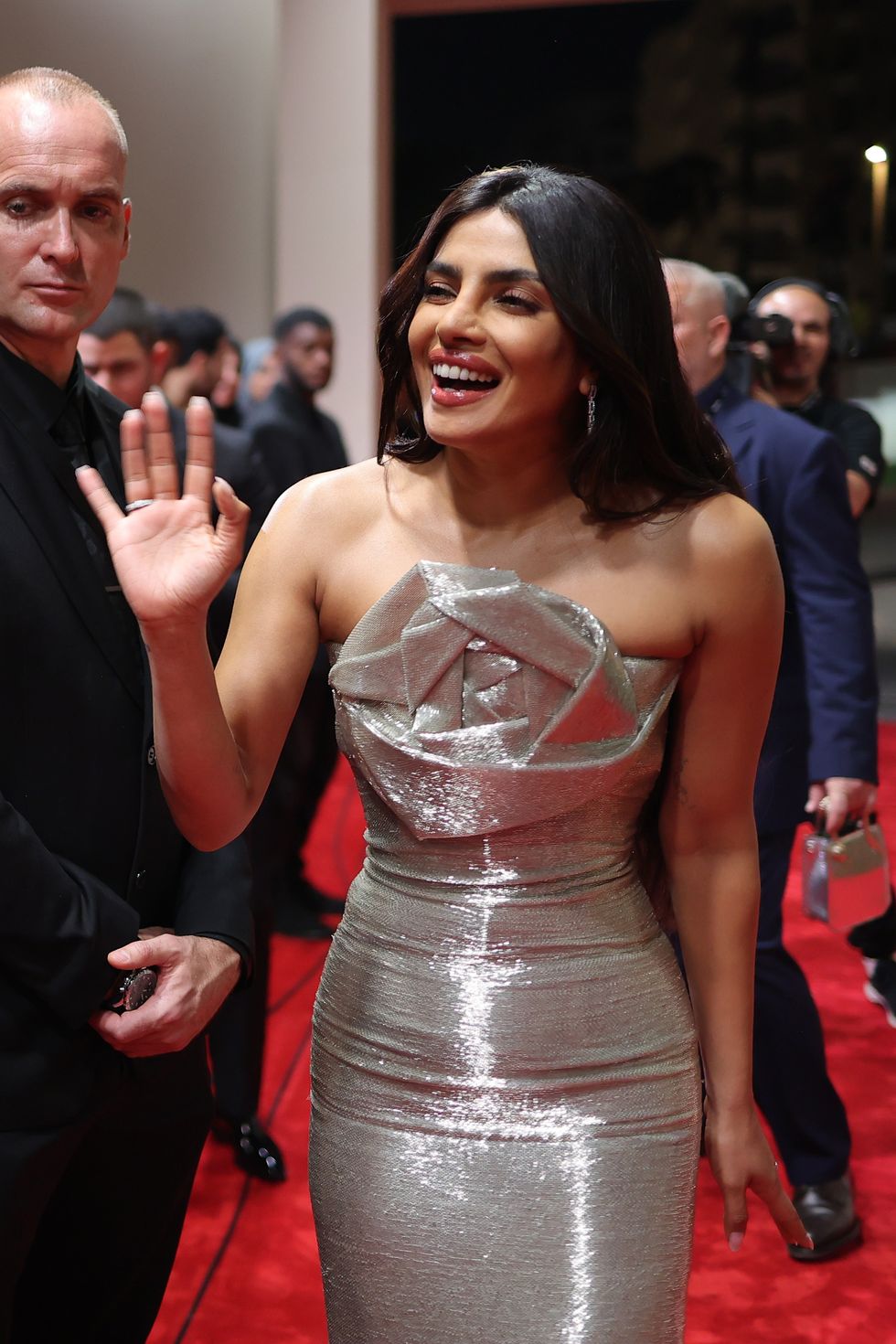 Priyanka Chopra wants to build her English film portfolio after Bollywood successGetty Images
Priyanka Chopra wants to build her English film portfolio after Bollywood successGetty Images 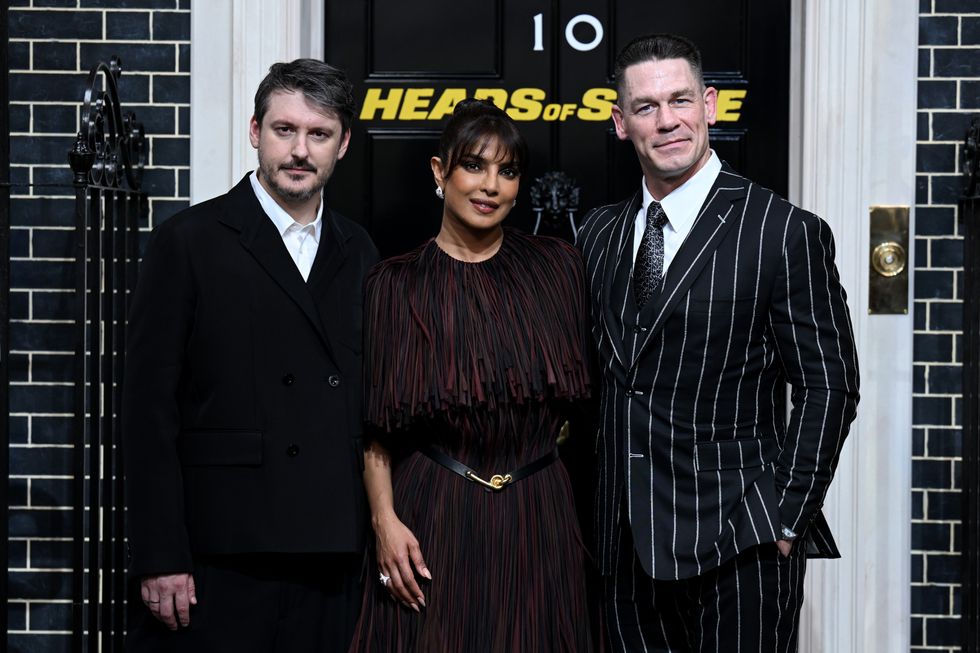 Ilya Naishuller, Priyanka Chopra and John Cena attend the special screening for "Head of State" Getty Images
Ilya Naishuller, Priyanka Chopra and John Cena attend the special screening for "Head of State" Getty Images








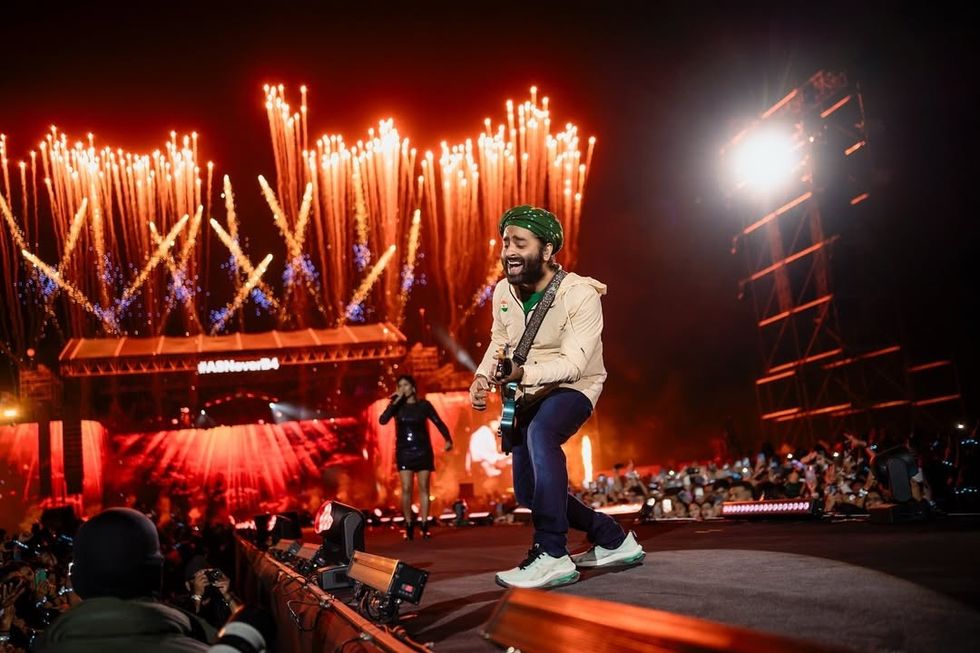 Arijit Singh performing Instagram/
Arijit Singh performing Instagram/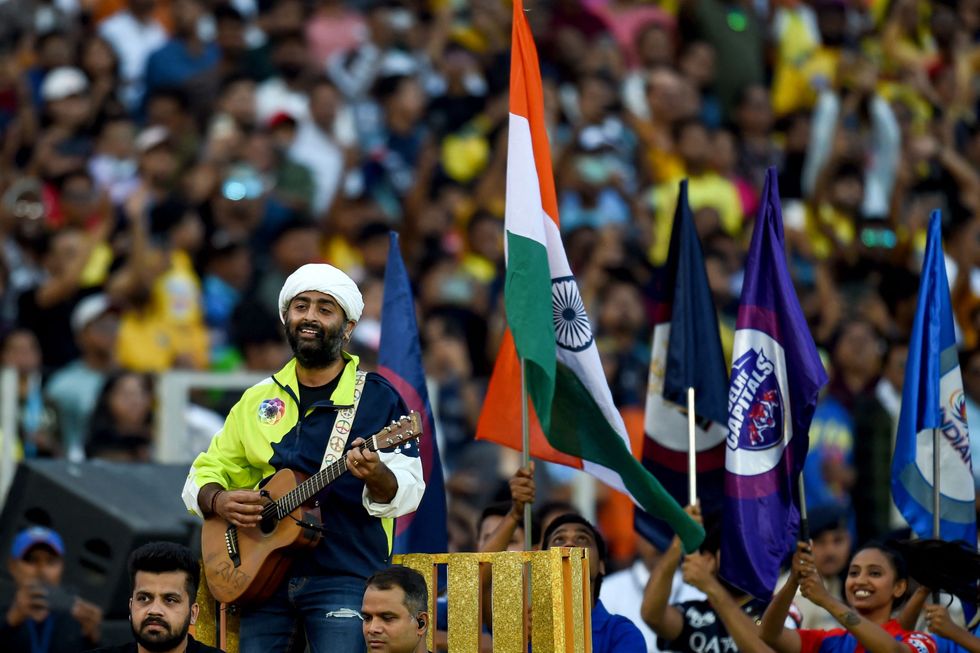 Arijit Singh clicked during a performance Getty Images
Arijit Singh clicked during a performance Getty Images 


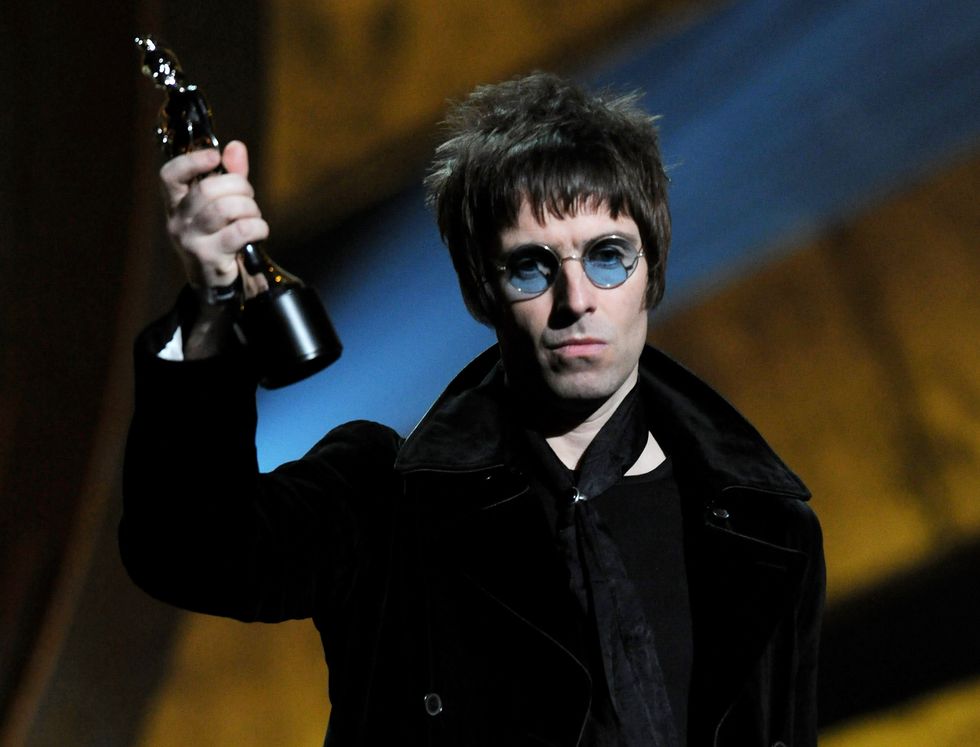 Liam Gallagher accepts Oasis' award for 'Best Album of 30 Years' Getty Images
Liam Gallagher accepts Oasis' award for 'Best Album of 30 Years' Getty Images  Liam Gallagher plays to a sell out crowd at the Universal AmphitheatreGetty Images
Liam Gallagher plays to a sell out crowd at the Universal AmphitheatreGetty Images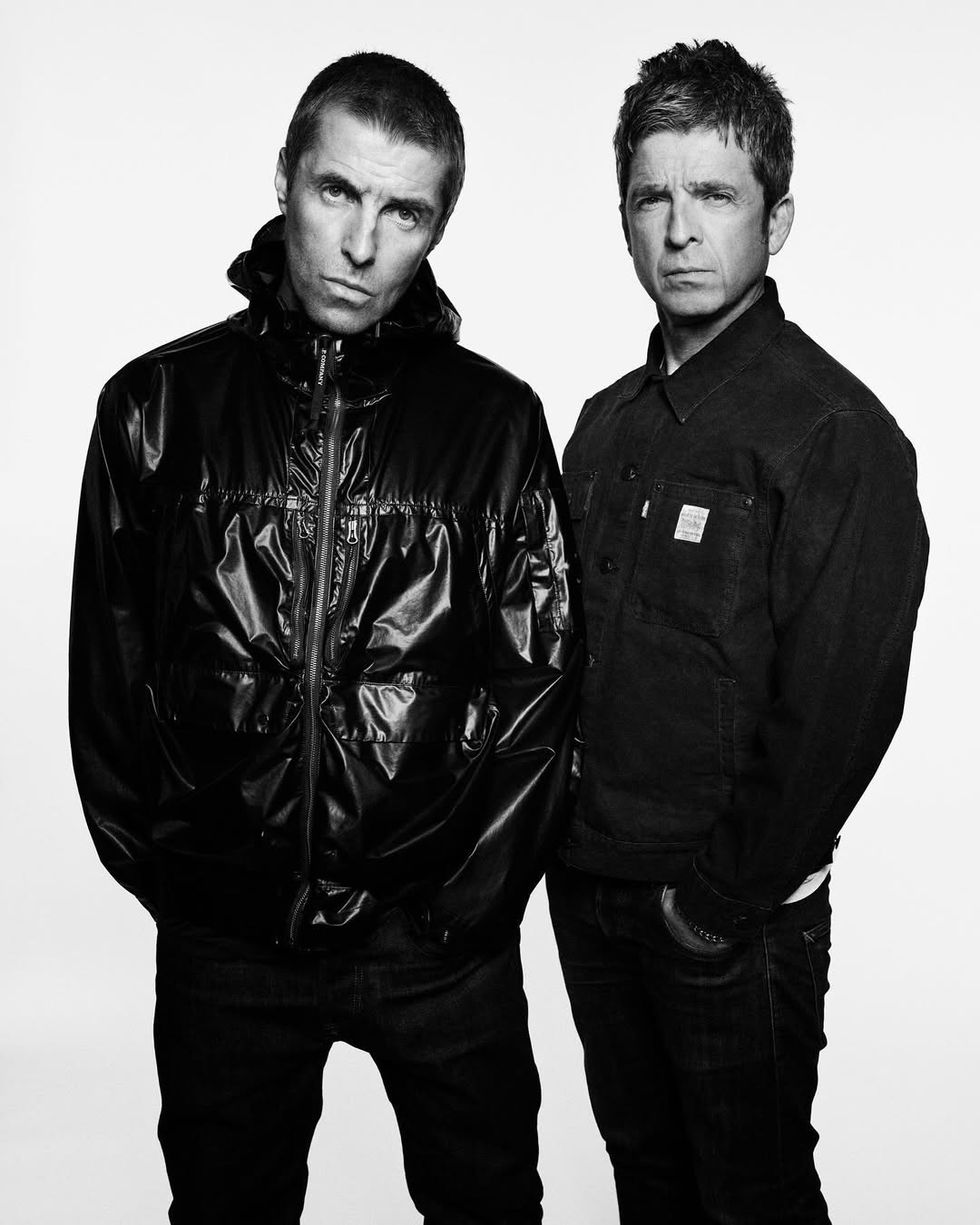 Liam and Noel Gallagher perform together in Cardiff for the first time since 2009 Instagram/oasis
Liam and Noel Gallagher perform together in Cardiff for the first time since 2009 Instagram/oasis